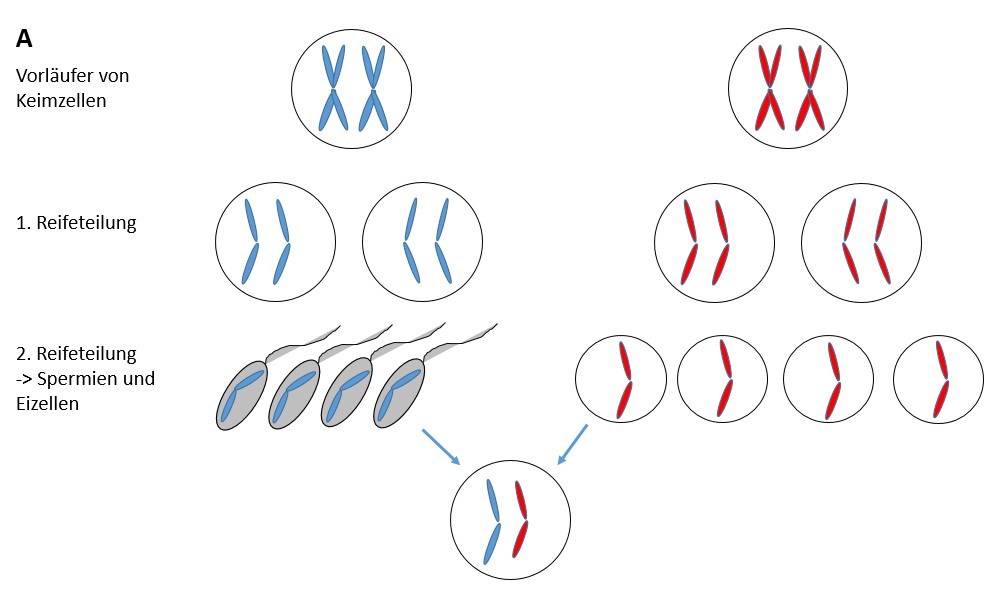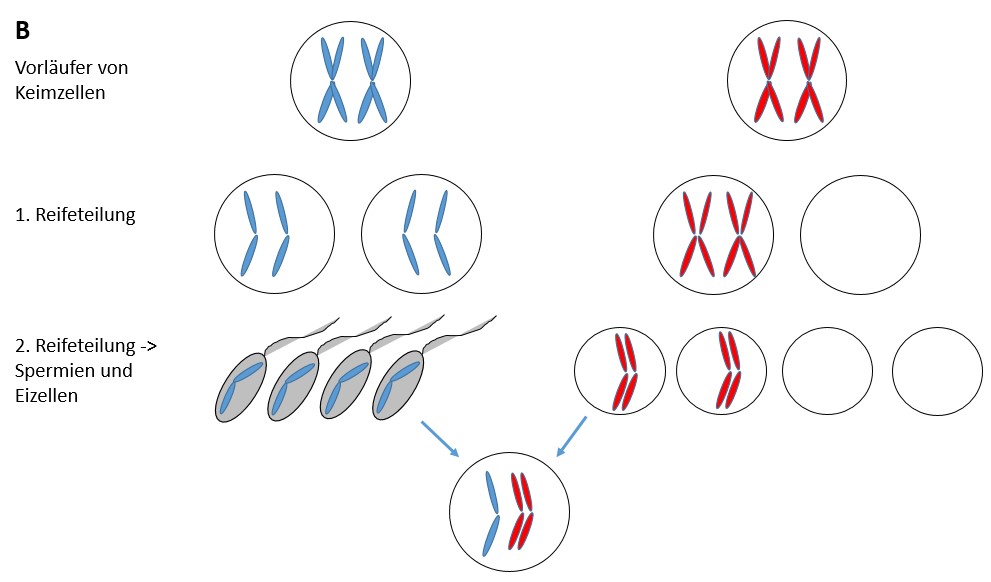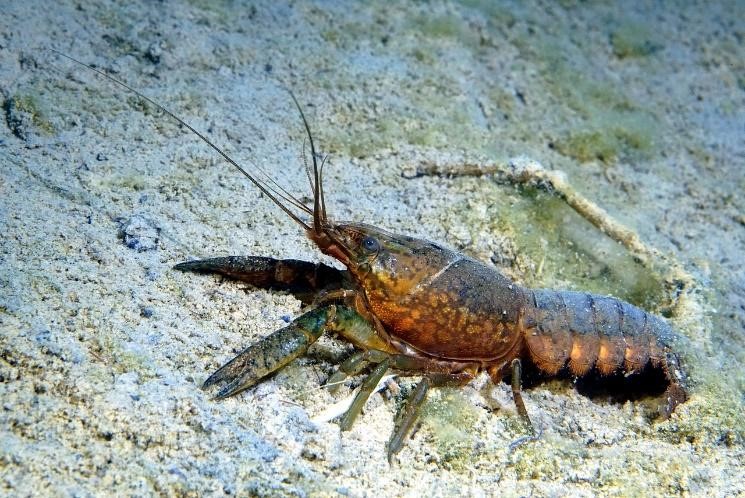Does evolution still happen today?
In 1997 a German aquarist was very surprised: he had a single marble crayfish (Procambarus fallax) in his tank. It was a female crayfish, which suddenly started to reproduce. After three to six weeks, about 120 young animals develop from the eggs. This was nice at first, but became annoying when she didn’t stop doing it. Eventually, he probably dumped the “surplus” that it couldn’t sell or give away into a creek or lake. There, too, the crayfish multiplied en masse. It became a new invasive species (neozoon) threatening regional biodiversity (We already had a very drastic example of this in the article on the threat to albatrosses from invasive mice.)
Due to a genomic mutation, the crayfish had become parthenogenetic: it was able to produce eggs by “virgin birth” without a male, from which healthy females developed that could do the same.
Mutations always arise. Every human being is estimated to have about 30 mutations that were not inherited from the mother or father but were newly created. In the vast majority of cases, these are inconspicuous and have no particular effect. Many mutations may also be fatal. But even they remain mostly inconspicuous, because they already abort, often unnoticed by the mother, in very early embryonic stages. Some estimates suggest that about 50% of fertilized eggs are affected by lethal mutations.
Virgin reproduction is not uncommon: there are many animals that can reproduce parthenogenetically. These include aphids, some fish, snails, etc. One advantage is that the time- and energy-consuming search for a mate is omitted, a disadvantage is that genetic recombination, the combination of genetic characteristics of both parents, is also omitted. This usually results in genetic impoverishment and poorer adaptation to changing environmental conditions. Parthenogenesis is actually an extreme case of inbreeding. However, unlike cheetahs, some animals can handle it.

The progenitors of germ cells already have four copies (four “chromatids”) of each chromosome.
Simplified, only the four copies of a single chromosome are shown.
Two meiotic divisions result in four mature sperm or egg cells, each with a chromatid (chromosome).
After fertilization, a fertilized egg cell (zygote) is formed with the normal double set of chromosomes.

In the first (or second) meiotic cell division, the chromosomes (or chromatids) were not separated.
Two empty egg cells and two with a double set of chromosomes were formed.
They cannot develop into an embryo on their own. They must be stimulated by a fertilizing sperm to do so.
An embryo with three sets of chromosomes is formed.
In most cases, such “triploid” embryos are not viable – but in some cases they are.
In the case of marble crabs, an additional mutation must have occurred so that the embryos could develop without the fertilization stimulus.
In fact, it turns out that all the marble crayfish in the world are clones, with little genetic difference between them. They appear all to have a single, mutated cray fish as an ancestor.
So how do they manage to adapt and spread en masse in biotopes as diverse as German lakes and rice paddies in Madagascar? Frank Lyko, an epigeneticist at the German Cancer Research Institute in Heidelberg, assumes that a high degree of epigenetic variability is responsible: without directly changing their genetic information, the marble crayfish have “learned” to turn individual genes on or off by means of biochemical switches and thus adapt to the environment.
Whether the life of the crayfish has become more harmonious and peaceful as a result of not having males is unknown.
What is clear, however, is that the mutant marble crayfish pose a threat to native wildlife, not only in Germany, since they compete directly for food with the indigenous fauna.
And it is also clear that evolution happens. Even today. And sometimes with dramatic consequences.
Author: Wolfgang Nellen, BioWissKomm
Cover illustration: Lorenz Seebauer, CC BY-SA 4.0, https://commons.wikimedia.org/w/index.php?curid=117776951

